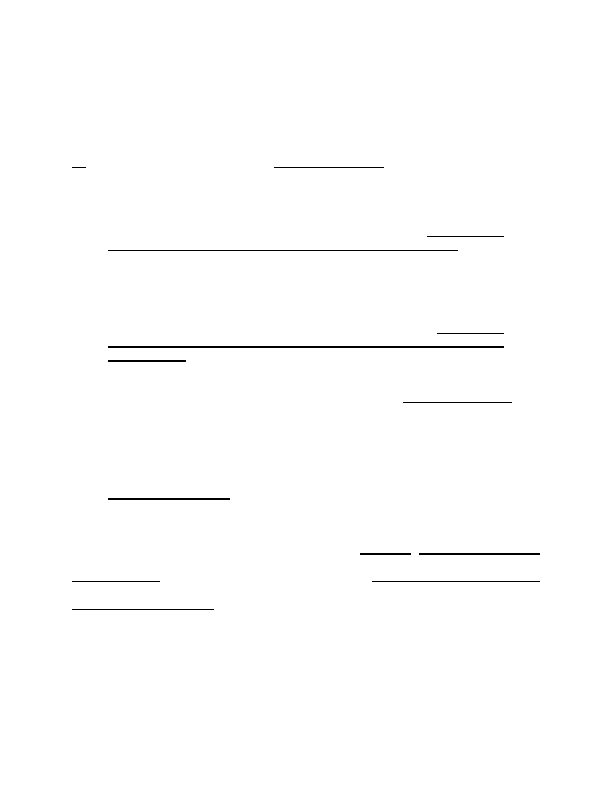
some practicable method or means of producing a beneficial result or
effect that a patent is granted, and not for the result or effect itself. It is
when the term process is used to represent the means or method of
producing a result that it is patentable, and it will include all methods or
means which are not effected by mechanism or mechanical combinations.
Id. at 267-68 (emphases added). In Cochrane v. Deener, the Court clarified its
understanding of a patentable “process”:
That a process may be patentable, irrespective of the particular
form of the instrumentalities used, cannot be disputed. . . . A process is a
mode of treatment of certain materials to produce a given result. It is an
act, or a series of acts, performed upon the subject-matter to be
transformed and reduced to a different state or thing. If new and useful, it
is just as patentable as is a piece of machinery. In the language of the
patent law, it is an art. The machinery pointed out as suitable to perform
the process may or may not be new or patentable; whilst the process itself
may be altogether new, and produce an entirely new result. The process
requires that certain things should be done with certain substances, and in
a certain order; but the tools to be used in doing this may be of secondary
consequence.
94 U.S. 780, 787-88 (1876) (emphases added). Finally, in Tilghman v. Proctor, 102
U.S. 707, 722 (1880), the Court noted:
That a patent can be granted for a process there can be no doubt.
The patent law is not confined to new machines and new compositions of
matter, but extends to any new and useful art or manufacture. A
manufacturing process is clearly an art, within the meaning of the law.
(Emphasis added). The Court’s definition of a patentable process was well-accepted
and consistently applied by the courts of appeals. See, e.g., P.E. Sharpless Co. v.
Crawford Farms, 287 F. 655, 658-59 (2nd Cir. 1923); Chicago Sugar-Refining Co. v.
Charles Pope Glucose Co., 84 F. 977, 982 (7th Cir. 1898).
Finally, nothing in the legislative history of the 1952 Act suggests that Congress
intended to enlarge the category of patentable subject matter to include patents such as
the method Bilski attempts to claim. As discussed above, the only change made by the
2007-1130 18
